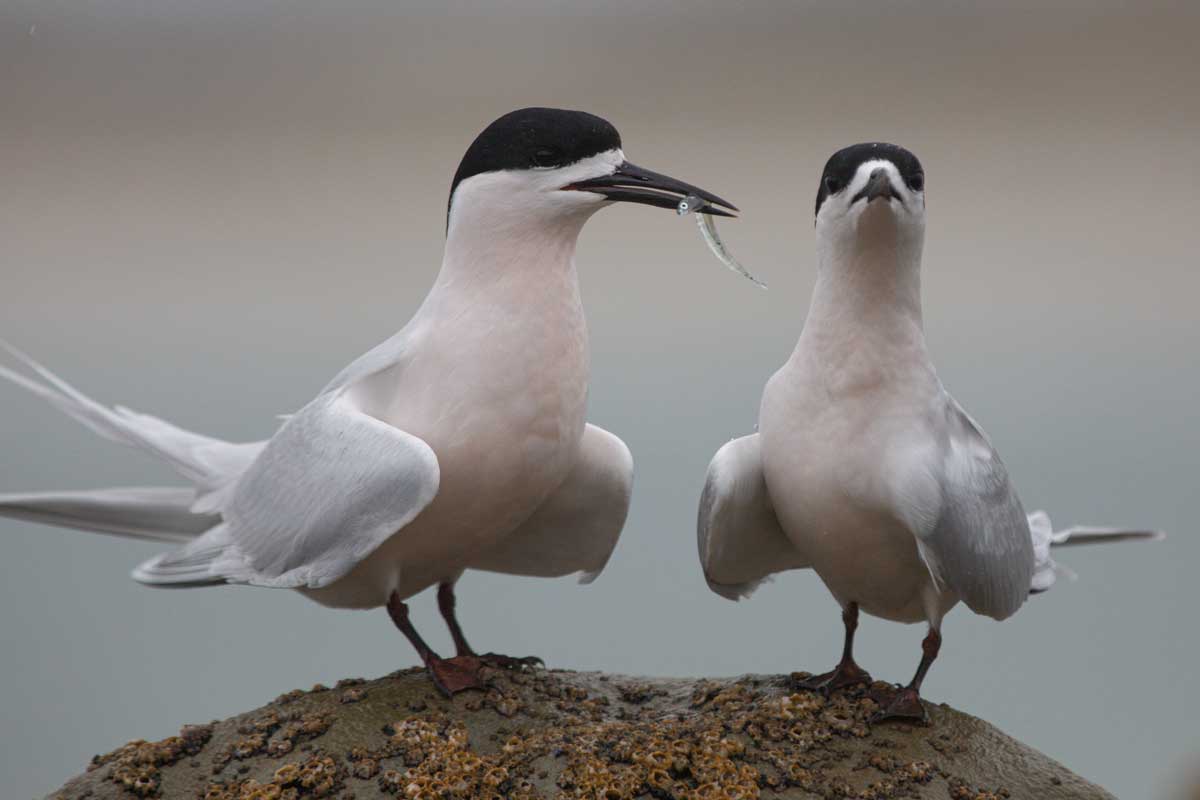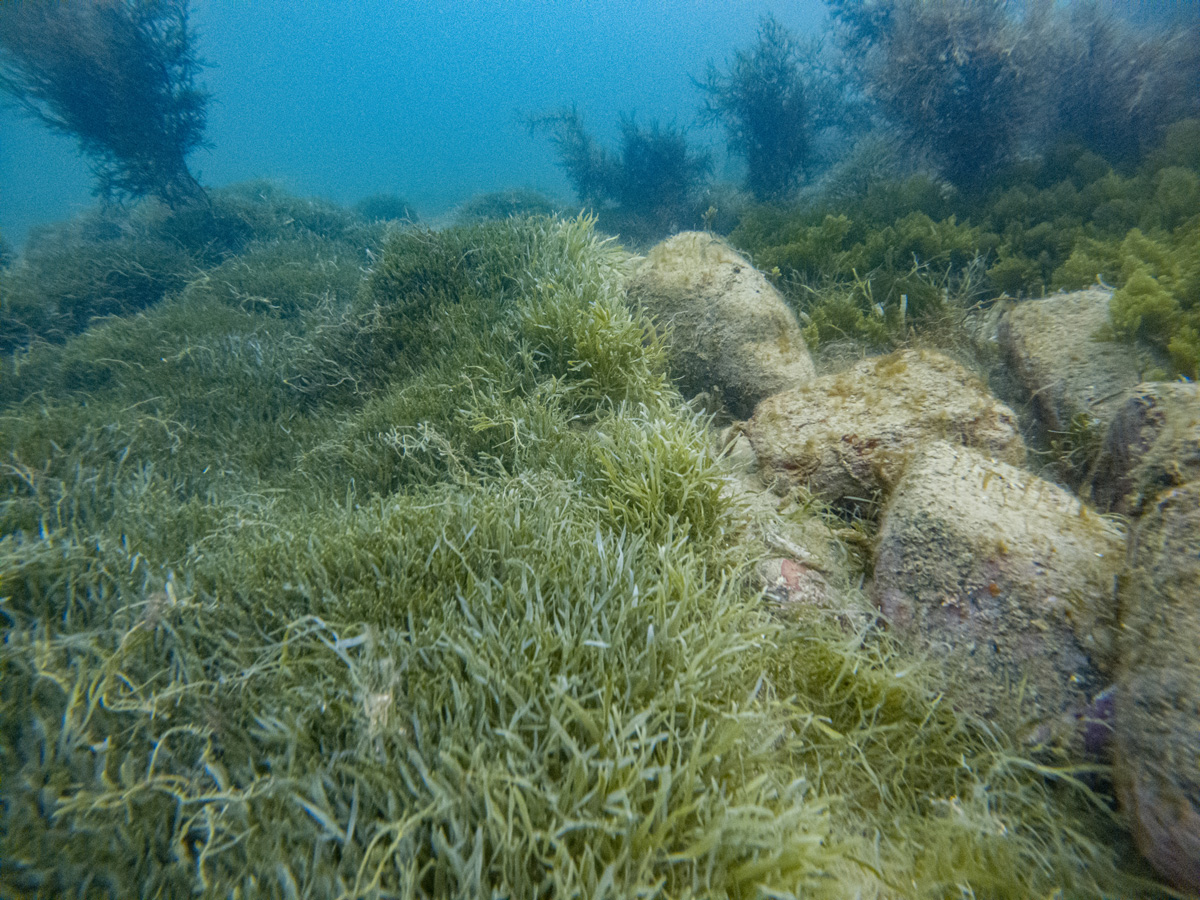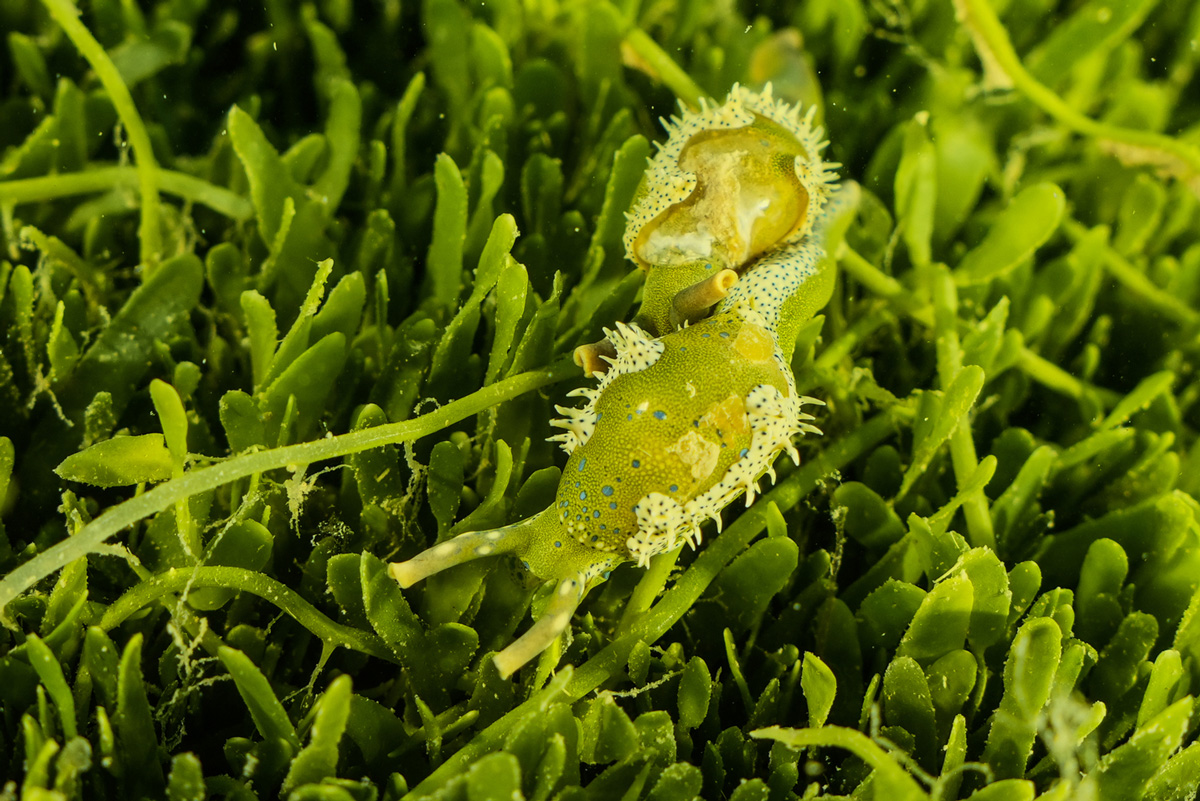Is it a gull? Is it a gannet? Is it a mollymawk? Lately, these questions have been popping up on many of our Facebook Newsfeeds as seabirds have started turning up in the most peculiar places – urban streets, suburban back yards and even at the base of the Sky Tower!
The birds in question are the endemic Cook’s Petrel/titi. Once found breeding around the country, due to the pressure of mammalian predators, they are now confined to breeding on a handful of islands – Codfish Island/Whenua Hou to the west of Stewart Island, Great Barrier Island/Aotea, the main breeding population at Little Barrier/Hauturu and, discovered this year, 1 adult and an egg on Ōtata, Noises Islands.
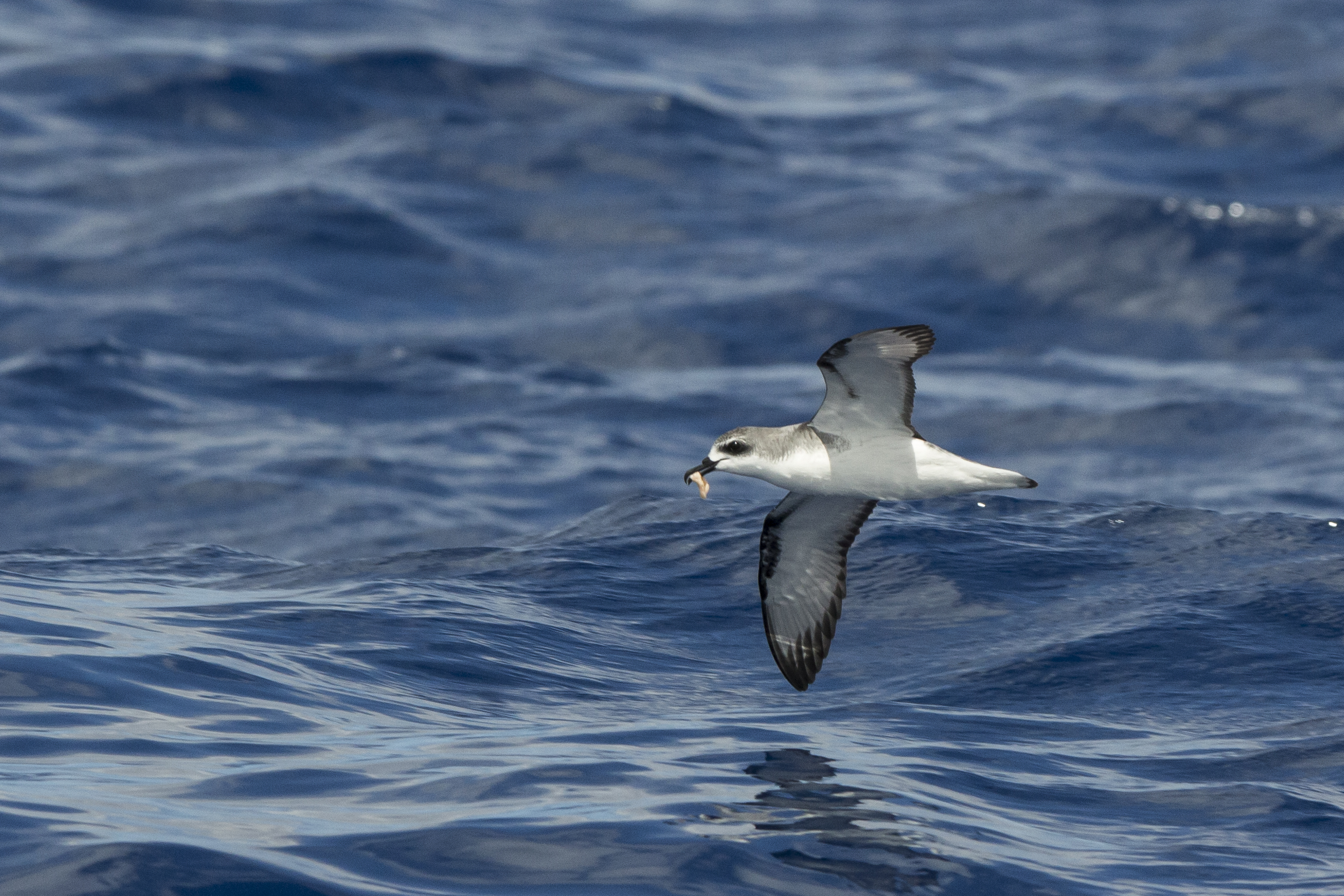
Animals use an array of techniques to help themselves to navigate including relying on the stars and the moon in the night sky. Some, such as hatchling sea turtles, become disorientated by artificial lights ultimately confusing them for the bright lights of the night sky.
The nocturnal Cook’s Petrel is no different. From March onwards, at the end of the Cook’s petrel breeding season, chicks fledge with no prior knowledge of where to fly and how to migrate to the wintering grounds of the North Pacific Ocean. Without their flight mapped out, the distraction of Auckland’s city lights causes them to veer off and crash land. Scientists have noticed that this happens more on misty, rainy nights.
Scientists and bird rescue groups have also seen a noticeable increase in these juveniles crash landing (also known as ‘chick fall out’) over the years. Whilst increasing numbers of sightings of these birds may seem concerning, this is the byproduct of conservation work specifically, the eradication of the Pacific rat/kiore on Hauturu/Little Barrier Island in 2004. Since then there has been a leap in the Cook’s petrel chick fledging success rate on the island from 5% to around 60-70% and an increase in the overall population to the estimated 1.5 – 2 million birds today – a real pest-eradication success story right here in the Hauraki Gulf Marine Park / Tīkapa Moana / Te Moananui-ō-Toi!
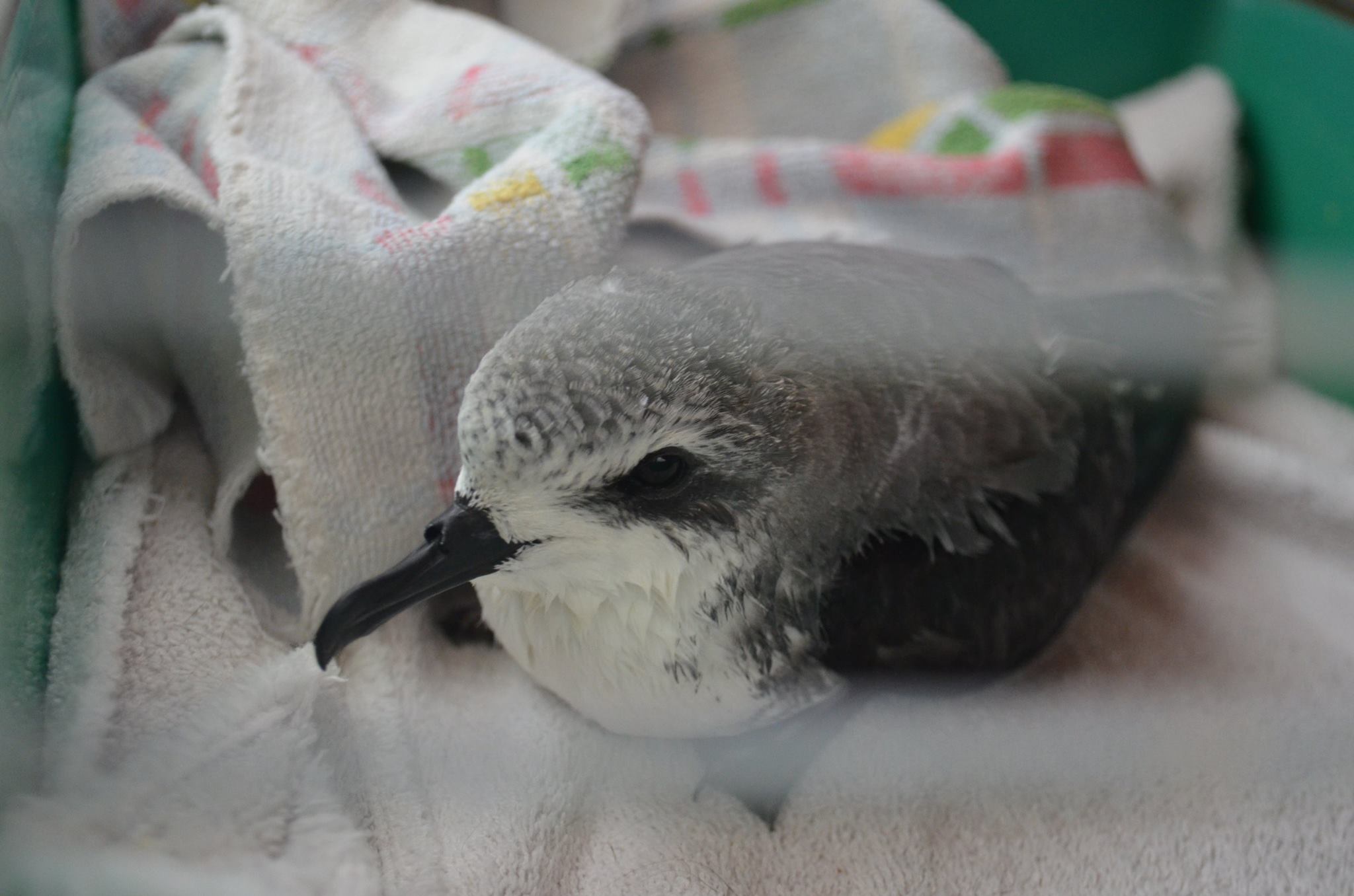
How to identify them:
Length: 28cm
Weight: 180g
Colouring: grey head and upper surface, white undersides, black bill 25-30mm long, blue-grey legs with yellowish webs
Similar to: Pycroft’s Petrel
Two different subspecies Pterdroma cookii cookii from Hauturu and Pterodroma cookii orientalis from Whenua Hou.
If you find a stranded Cook’s Petrel…
They are nocturnal seabirds and cannot take off easily from the ground so, birds need to be released at night from a clifftop or other high place. To ensure they are fit to be released, the best thing to do is to place the bird in a box (with air holes) and take it to the New Zealand Bird Rescue Charitable Trust. You won’t need to feed or water it.
With thanks to Matt Rayner (Curator of Land Vertebrates – Auckland Museum) for his insight and knowledge into the Cook’s Petrel.



